It is no small irony that Anthony Albanese has adopted a small target strategy just as there is a tectonic upheaval in the age-old battle of capital and labour.
In his attempts to look more business-friendly and preaching, in his own words, ‘renewal not revolution’ he is merely highlighting the growing distance between the parties of the Left and workers in the physical economy.
Only last month, in my home state of New South Wales, the city was brought to chaos amid a stoush between train drivers and the state government. Premier Dominic Perrotet did not hesitate to accuse the development as ‘a co-ordinated attack by the Labor party and the labour movement’.
In the same period nurses in the state held their first strike in over a decade. Teachers and bus drivers have also flagged their intentions to agitate for better conditions, especially given the NSW state government has capped any wage increase at 2.5 per cent.
The local truck convoy which attracted over ten thousand people took place in the shadow of protests across the developed world over vaccine mandates. The past gratitude towards essential workers exhibited by what Canadian trucker Gord Magill titled the ‘email jobs caste’ is no longer proving to be adequate compensation.
Even in the United States, traditionally a place where common wisdom states worker movements have been neutralised as a political force, there have been notable union successes at Kellogg and agricultural company John Deere.
The opportunity sensed by the unions has not always been met with support from their political party representatives. While the most heated confrontations came last September over vaccine mandates for Victorian construction workers, the tensions have played out throughout the pandemic.
While not alone, it has been the parties of the Left who have most enthusiastically supported lockdowns and Covid restrictions, despite their well-documented, disproportionate impact upon workers in the physical economy.
These workers are also more likely to live in outer-metropolitan areas and be of an ethnic background, exactly the kind of demographics the Labor party has traditionally taken for granted but are now desperate to win back. Those workers protesting against mandates have been painted by ALP leaders as anti-vax tinged by the far right when they could just as legitimately be seen as another arm of class struggle.
Albanese has been largely silent on the unrest among Labor’s traditional base, fearing his past as a comrade on the socialist left of the Labor party will come back to bite him. His subdued stance may be politically wise, but out of step with a pivotal moment.
The tensions between capital and labour as pandemics end have considerable historical resonance. After the Black Death in the 14th century there was a huge shortage of labour. It prompted many serfs to rebel against their noble paymasters. Landowners were outraged and responded with violence as hundreds of thousands of people walked away from jobs in search of something better.
As Matthew Anderson writes in the New York Times: ‘The struggles over wages and the value of labour that defined the post-plague years were in some ways as dramatic as the pandemic itself.’
We don’t have the same demographic crises as in the 14th century when up to a third of the population died in some parts of Europe. But we still have trends like the large-scale talent migration coined the Great Resignation by University of Texas professor Anthony Klotz. In combination with the more traditional industrial unrest, this is evidence that right across the developed world workers are re-assessing the value of their labour.
But the language of class struggle is seen as too dangerous within modern elections amid a diverse, aspirational electorate.
The Albanese strategy seems to be the Napoleonic one of never interrupt your enemy when he is making a mistake.
This may well be wise.
Wherever one lies in their support of Morrison, a psychological feature is that we are unlikely to have a clear transition point for the end of the pandemic, being instead limited to individual choices how best to co-exist.
War and floods may function as a full stop for some, but there are large sections of the community whose identity has become intertwined with following the rules of Covid, fearing people will die otherwise. They have spent the last two years in perpetual surveillance mode against an invisible foe. For a minority the status games inherent in wealthy, industrialised cities have expanded to who can be the most masked, the best at socially distancing and even policing others.
For all the talk of the pandemic encouraging a more communitarian focus, it has empowered social dictators and helped fray the bonds of mutual citizenship. Without collective rituals to mark a transition, the population may well look to the federal election to mark a cleansing full stop to the last two and half years.
This bodes poorly for Morrison and the Liberal party, a marker that the cycle of the pandemic suiting incumbents may be turning. Just ask Premier Steven Marshall in South Australia, who looks set to lose after just one term to charismatic upstart Peter Malinauskas.
It is true that the federal ALP has promised just over a billion dollars in funding towards vocational training amid an aim to train up local workers.
But it seems a tepid response amid the global upheaval clearly taking place in what is traditionally the signature battle in politics.
The Labor party and the traditional parties of the Left must be careful that they don’t increasingly taint any kind of angry worker as immediately linked to white supremacy or conspiracy theorists.
Albanese may well find his voice if elected, harking back to his proud comrade days leading the Labor left, but his current strategic timidity is also symbolic of the diluted links between the proud worker and their representatives striving for power.
Got something to add? Join the discussion and comment below.
Get 10 issues for just $10
Subscribe to The Spectator Australia today for the next 10 magazine issues, plus full online access, for just $10.
You might disagree with half of it, but you’ll enjoy reading all of it. Try your first month for free, then just $2 a week for the remainder of your first year.

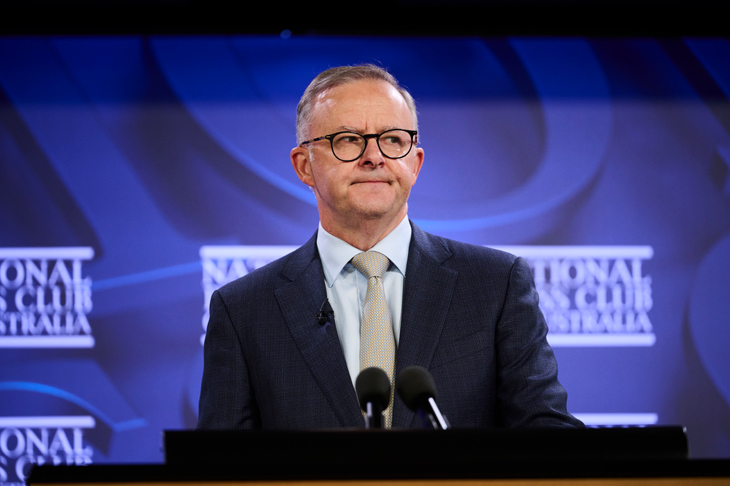
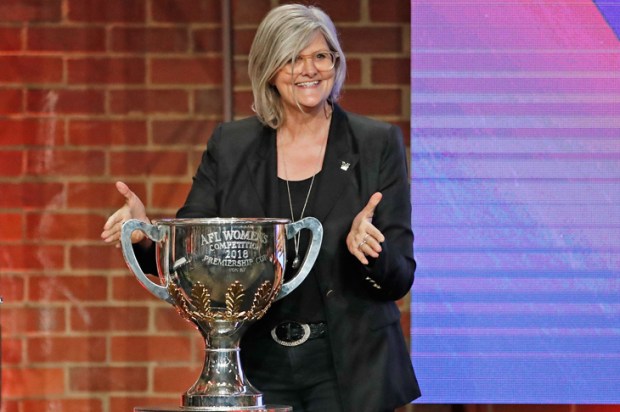

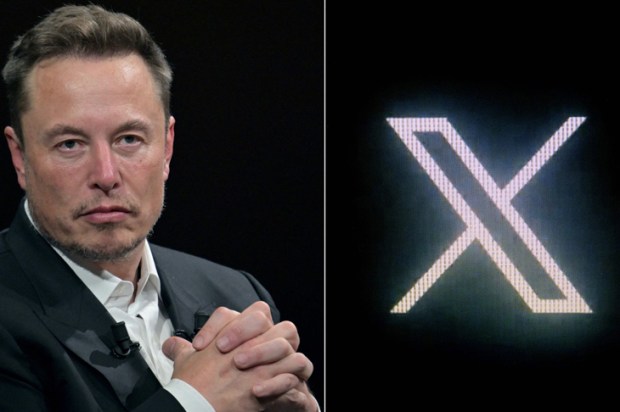

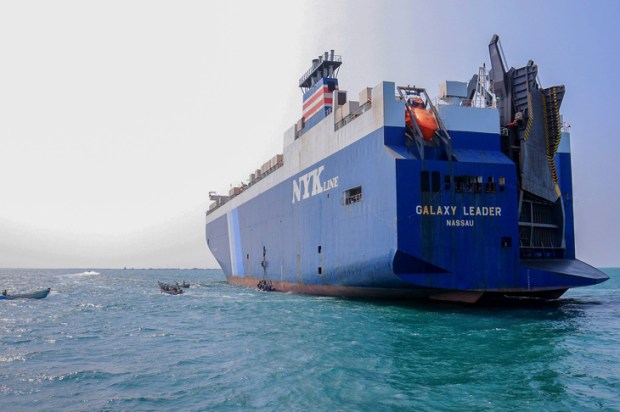
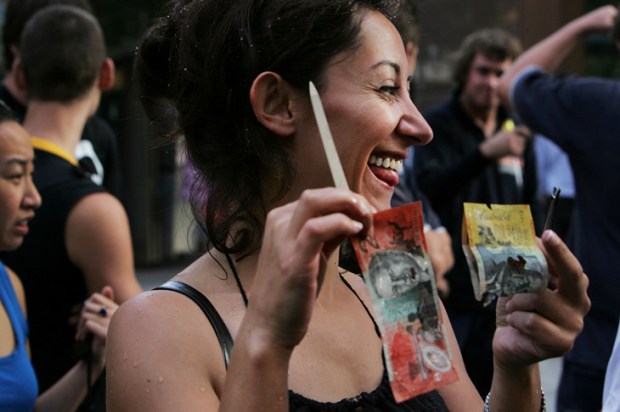






Comments
Don't miss out
Join the conversation with other Spectator Australia readers. Subscribe to leave a comment.
SUBSCRIBEAlready a subscriber? Log in